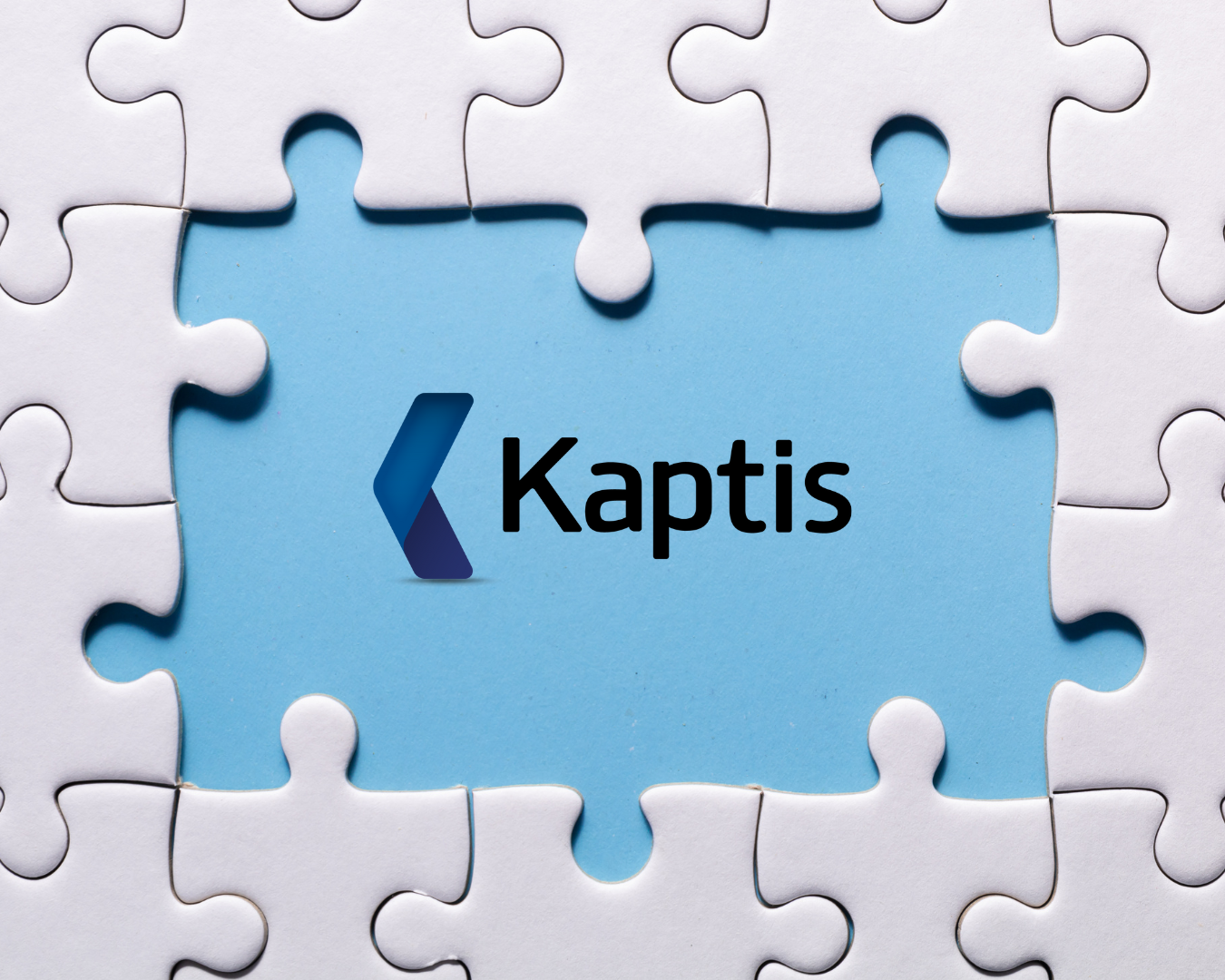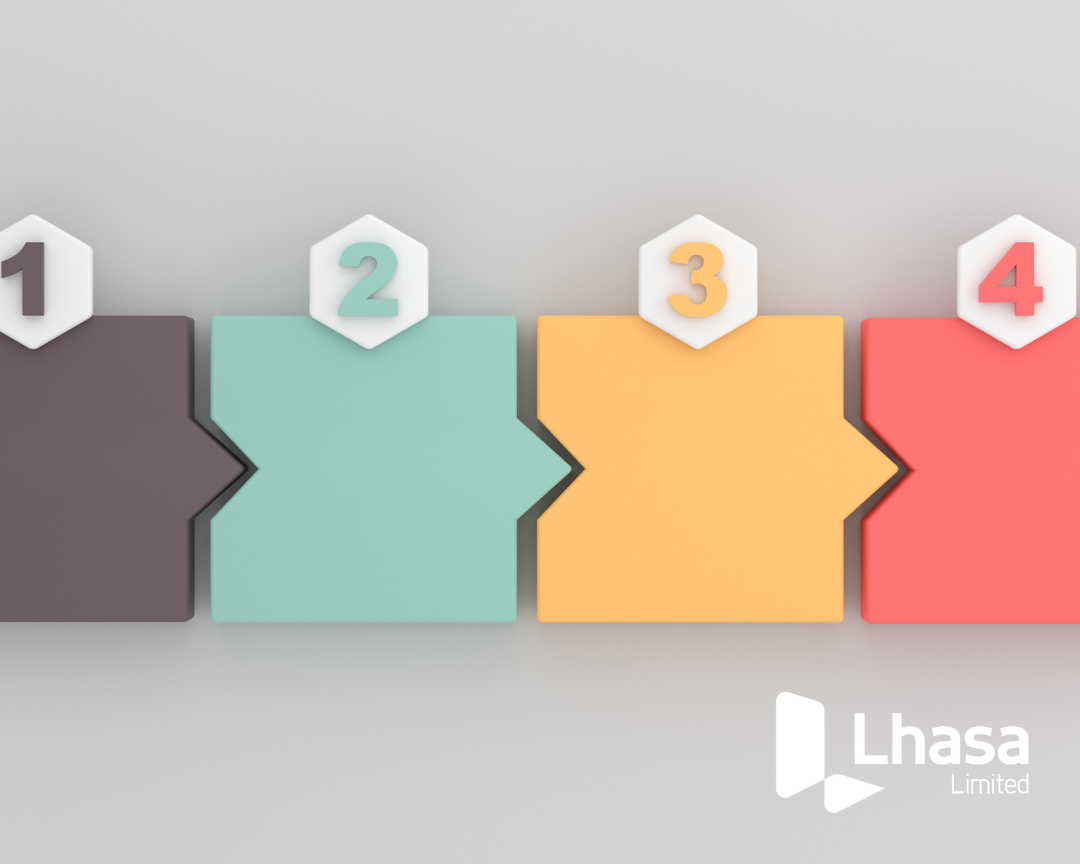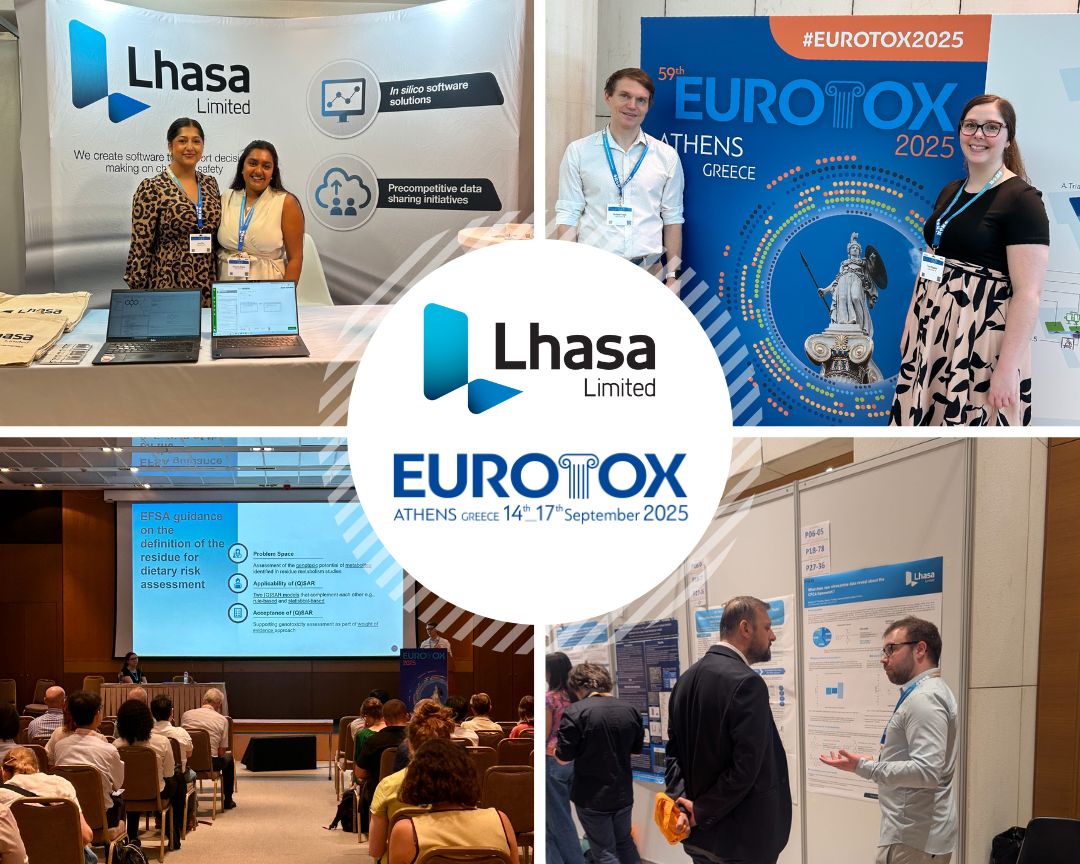In this latest blog, we will define the difference between certainty and uncertainty in the ICH M7 guideline for mutagenic impurities. Delving into the power of existing experimental data, we’ll address how Vitic’s expert toxicity database can accelerate the workflow of Classes 1, 2 and 5 in mutagenicity risk assessments.
To Toxicologists, the ICH M7 guideline on mutagenic impurities is a familiar workflow that covers various stages of identification, classification, and appropriate control of mutagenic impurities. The process begins with identifying potential mutagenic impurities and categorising them according to their potential DNA reactivity and carcinogenicity:
Class 1:
Known mutagenic carcinogens where TD50 values define the compound-specific acceptable intake (AI) limit.
Class 3:
Alerting structure with no mutagenic data available and can be reclassified using Ames test results to de-risk as Class 5 (if negative) or control as Class 2 (if positive).
Class 5:
Class 2:
Known mutagens with unknown carcinogenic potential that are controlled on a generic basis using default TTC-based AI limits.
Class 4:
Alerting structure with sufficient data to demonstrate non-mutagenicity, often based on structural similarities with a compound shown to be negative for mutagenic impurities.
No structural alerts for mutagenicity with negative Ames test results or negative carcinogenicity data. These impurities require only standard impurity limit controls.
The two halves of ICH M7 classification
In silico toxicological solutions have transformed the way that pharmaceutical manufacturers and early drug discovery organisations navigate ICH M7 classification. Classes 3 and 4, which represent unknown or uncertain mutagenicity, have seen transformative progress. Classes 1, 2, and 5, however, which represent certainty or low-risk classifications, are often overlooked.
Let’s delve into the certain and uncertain classes as per ICH M7 classification further:
First Half: Uncertainty
Computational toxicology has helped to provide numerous pathways to navigate Classes 3 and 4, since pre-existing data is limited. This represents one half of ICH M7: tackling novel compounds with unknown or uncertain mutagenicity.
The publication of ICH M7 recommended QSAR analyses nine years ago, and more recently, expert prediction of mutagenicity of complex nitrosamines using read across, are two core examples of emerging methodologies that have made the classification of Classes 3 and 4 more robust.
Second Half: Certainty
The other half of ICH M7 – Classes 1, 2, and 5 – is covered largely by existing data. Progressions and innovations here can be overlooked, but in silico tools and collaborative data-sharing initiatives can also transform certainty classifications.
Exposing the right data (either positive experimental data or carcinogenic data for Classes 1 and 2, or negative mutagenicity data for Class 5), which is well-sourced and reliably reviewed, will enable streamlined classification and confident control decisions. Across industry, this can unlock new advantages in efficiency.
Modernising ICH M7 Class 1, 2 and 5 for seamless regulatory satisfaction
The key to satisfying the ICH M7 guideline on mutagenic impurities is toxicity data, whether that be from in vitro, in vivo or in silico origin. The Ames test specifically has been at the forefront of delivering valuable mutagenicity and carcinogenicity data for over 40 years.
Readily available Ames data from a study that has already been conducted is a simple resource that can efficiently and reliably classify a compound.
Searching the data and literature can uncover both mutagenic and carcinogenic data for Class 1 or 2. Accessing negative Ames data would be invaluable for Class 5 too. To do either exact or similar structure-searches manually is challenging, but with an advanced toxicity database, Toxicologists have the power to streamline the ICH M7 workflow and rule out a series of unnecessary preclinical in vivo analytical studies, which occupy time, resources and significant costs.
By combining automatic search, extensive datasets, and exclusive access to both public and proprietary experimental data, classifications can be made confidently.
A validated, expert toxicity database provides quick and efficient decision-making without the need for animal testing. Lhasa Limited is proud to say this is our vision, in practice.
Innovation and scientific precision with Vitic toxicity data
Vitic is a crucial tool for transforming how Toxicologists interpret, classify and justify mutagenic impurities in ICH M7 classes 1, 2 and 5. Leverage expert, high quality toxicity data for known mutagenic and/or carcinogenic compounds allows Toxicologists face their challenges directly. These include:
Manual Searches:
Toxicologists can find themselves performing manual searches of study data, often without any confirmed relevance. This is most associated with the deviation to perform an in-house study, which is unnecessary if there is relevant data available.
Conflicted Assay Results:
Navigating a range of assay results, which can often be conflicting, requires detailed interpretation and expert review of species, strain, and test conditions. This can take extensive time and resources to overhaul the associated study data before classification.
Lack of Context:
Citations can lack the appropriate level of context to make scientifically justified conclusions; for example, Ames test results can be accompanied by no quality context.
Validity and Reliability:
The reliability of each data source must be evaluated to ensure the validity of the classification.
These factors, individual or collectively, can cause:
Uncertain Classifications
Combining manual processes with improper search and review of quality context can lead to an overly conservative classification and lead to the use of the more stringent Threshold of Toxicological Concern.
Vitic can help refine the data available, providing reliability scoring and context of the experimental data to help reinforce a sound and robust toxicological decision. Approach ICH M7 classifications with confidence!
Regulatory Inconsistencies
Toxicologists who use manual methodologies can face regulatory scrutiny and struggle to justify their conclusions due to a lack of high-quality contextual information.
When citing data from a centralised, high-quality toxicity database like Vitic, the traceable data trail and independent peer assessment help ensure transparency and reliability, ultimately improving regulatory reviewers’ confidence. Enhance credibility in ICH M7 classifications.
In conclusion, centralised study data can collectively reduce over-classification and improve certainty with exact, and similarity searches. In turn, Vitic facilitates confident submission of precise classifications, drawn from reliable scientific justifications and public and proprietary related data.
With peer reviewed, quality-assessed study data, time-savings can be made during the ICH M7 workflow. Vitic enables rapid refinements of relevant data, helping to clearly justify where a compound truly lies, collectively reducing over classification. This further improves efficiency by limiting back and forth with regulatory authorities.
Top tip for accelerating ICH M7 classification with Lhasa: Standalone database searching performed first, drives efficiency!
By conducting a database search first, Toxicologists can take advantage of physical, real-world data that already exists. This benefits their timelines, their submission compliance and their confidence in classification accuracy, all without having to examine the pre-existing data at the time of performing a QSAR assessment, which is the most common alternative.
Vitic is the most efficient starting point since the data and literature search for both mutagenic and carcinogenic data is simple, easy and provides all the necessary extensive context to reinforce reliability.
This is a much quicker process to reach a definitive decision with justification and evidence on known mutagens without the need for unnecessary analytical testing.
Driving efficiency in early-stage classification as per ICH M7 Guideline on Mutagenic Impurities.
Use our expert toxicity database for reliable mutagenic and carcinogenic insights in mutagenicity risk assessments.
Last Updated on November 11, 2025 by lhasalimited




